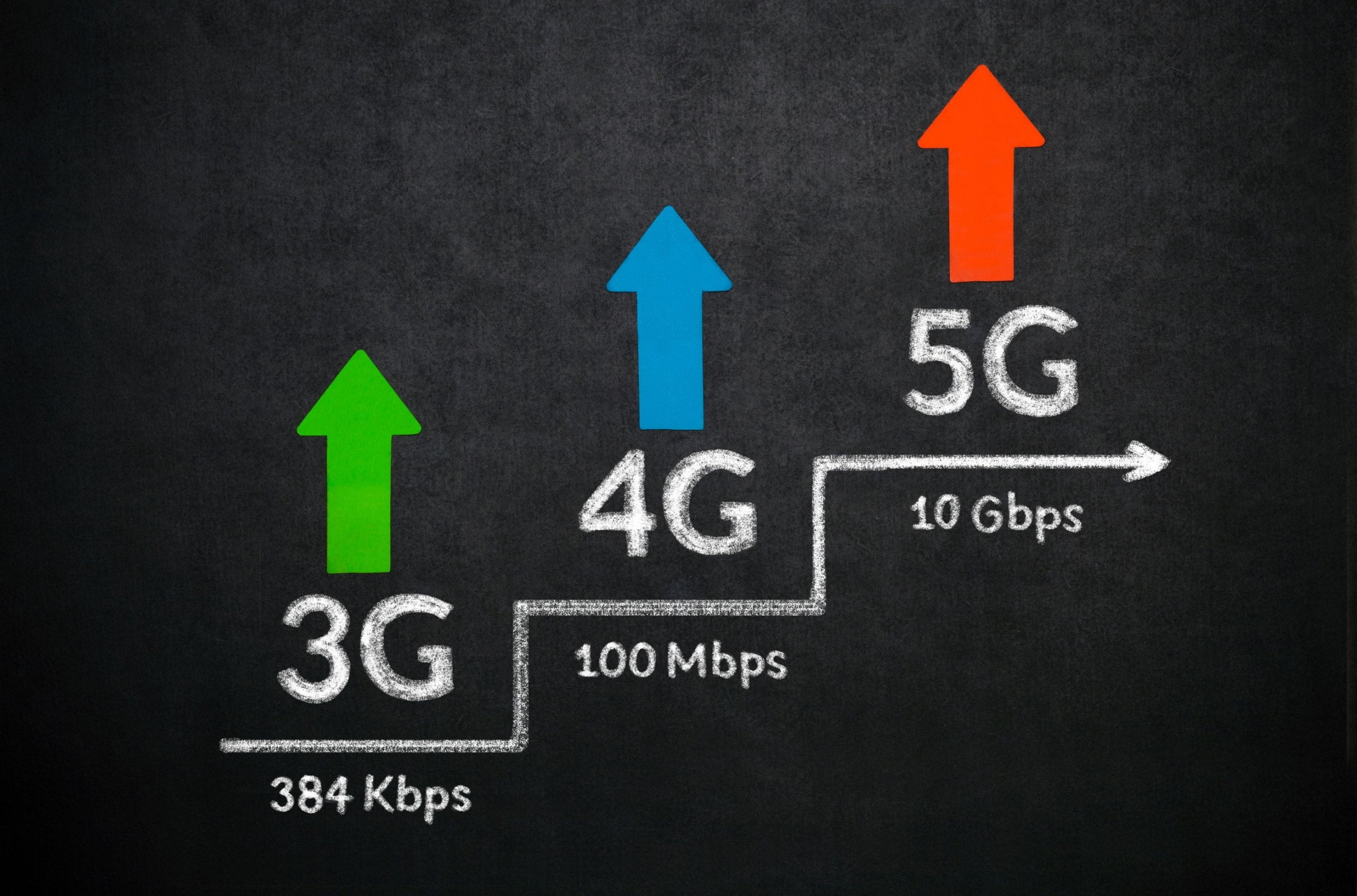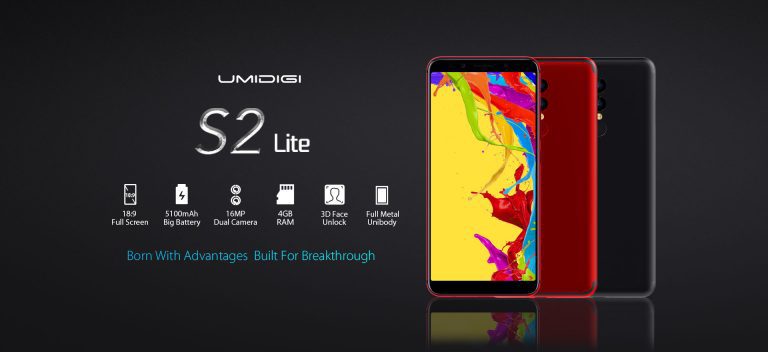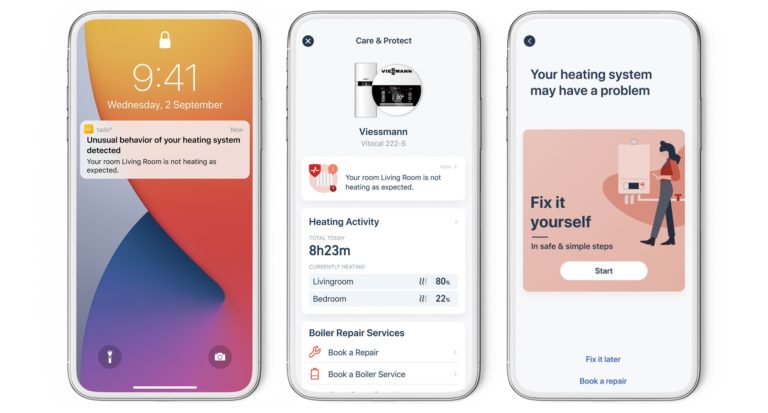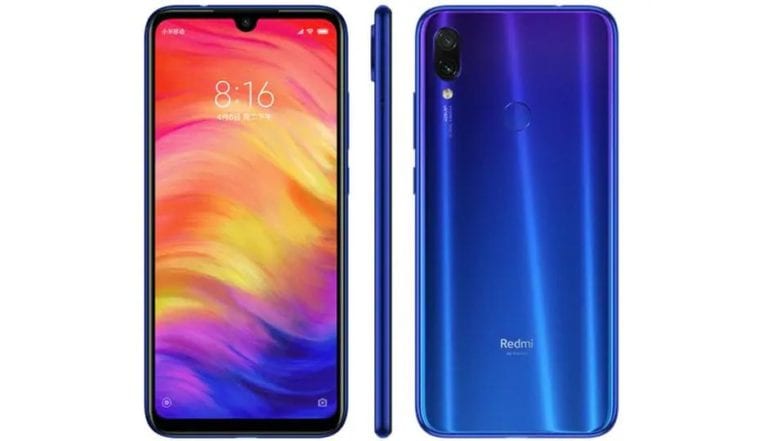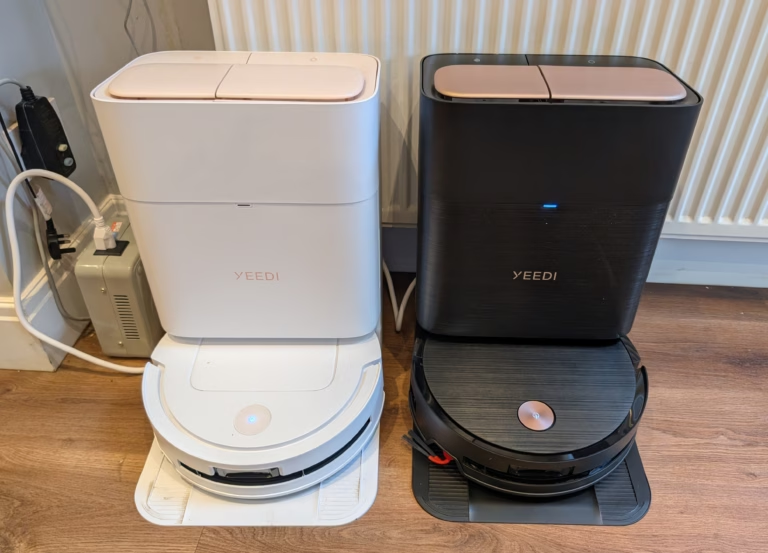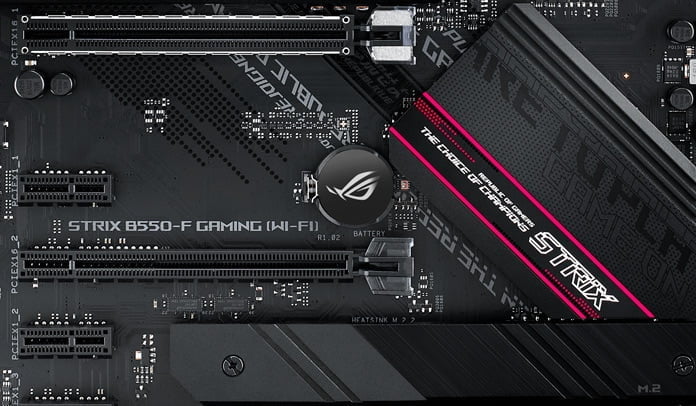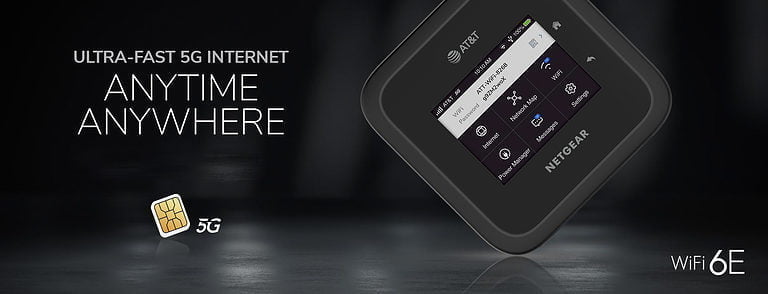Any links to online stores should be assumed to be affiliates. The company or PR agency provides all or most review samples. They have no control over my content, and I provide my honest opinion.
5G broadband is the fifth generation of wireless technology that offers a great alternative to fixed broadband.
It provides high-speed internet and other services to devices. It is the successor to 4G and is designed to offer faster download and upload speeds, lower latency and greater capacity.
How does 5G broadband work?
5G broadband uses a series of technologies and infrastructure to deliver high-speed wireless internet. 5G operates on various frequency bands, including low-band, mid-band, and high-band spectrum.
The main components of a 5G technology:
The high speeds offered by 5G uses the following physical infrastructure and technology:
- Base stations. Also known as cell sites or towers, they transmit and receive radio signals to and from 5G-enabled devices.
- Core network. The backbone of the 5G network responsible for routing data between devices and the internet.
- Spectrum. 5G networks operate on various frequency bands, including low-band, mid-band, and high-band spectra. Each band offers different benefits in terms of speed, capacity, and coverage.
- Antennas. 5G networks use advanced antenna technologies such as beamforming and MIMO (multiple input, multiple outputs) to provide more reliable connections and better coverage.
- Software. 5G networks rely on advanced software to manage and optimise the network, such as managing traffic and ensuring that devices are connected to the best available cell site.
How do 5G hubs work?
5G hubs, also known as 5G CPE (customer premise equipment), connect to a 5G network and provide internet access to other devices through Wi-Fi or Ethernet.
A 5G hub uses a SIM card like a mobile phone. Once your hub is connected, it acts as a bridge between the 5G network and other devices, such as mobiles, laptops, and smart home devices.
To use a 5G hub, you need to insert a SIM card, connect it to a power source, and turn it on.
Once connected, the hub will broadcast a Wi-Fi signal that other devices can connect to. You can also connect other devices to the hub using an Ethernet cable.
What are the pros and cons of using 5G hubs?
Here are the pros when using a 5G hub.
- Faster speeds. In some areas, 5G offers faster download and upload speeds than traditional fixed broadband, making it ideal for streaming high-definition video, online gaming, and other bandwidth-intensive activities.
- Greater mobility. It allows you to take your internet connection with you on the go, making them ideal for travel, camping, or other outdoor activities – as long as you have a primary electricity source, that is!
- Greater capacity. Support more devices and users than traditional routers – making them ideal for households with multiple devices and users.
- Lower latency. 5G offers lower latency than conventional broadband, meaning there will be less delay when sending and receiving data, especially for applications such as online gaming and video conferencing.
- Greater coverage. 5G hubs can provide greater coverage than traditional routers, especially in areas with poor or no wired broadband access.
Common issues with 5G hubs
- Interference with other devices. 5G operates in higher frequency bands than previous generations of cellular networks, which means buildings, trees, and other obstacles can more easily block it. Obstructions can be a considerable nuisance.
- Setup and configuration. Some users may find the design and configuration of 5G hubs more complex and time-consuming than traditional routers.
- The cost of them. They can be more expensive than traditional routers and may require additional costs, such as a separate 5G data plan.
Where can I compare 5G and home broadband?
You can compare 5G and home broadband through the AquaSwitch broadband comparison service. Comparing the latest broadband deals allows you to save money, get improved connectivity and benefit from better customer service by choosing a new broadband provider.
I am James, a UK-based tech enthusiast and the Editor and Owner of Mighty Gadget, which I’ve proudly run since 2007. Passionate about all things technology, my expertise spans from computers and networking to mobile, wearables, and smart home devices.
As a fitness fanatic who loves running and cycling, I also have a keen interest in fitness-related technology, and I take every opportunity to cover this niche on my blog. My diverse interests allow me to bring a unique perspective to tech blogging, merging lifestyle, fitness, and the latest tech trends.
In my academic pursuits, I earned a BSc in Information Systems Design from UCLAN, before advancing my learning with a Master’s Degree in Computing. This advanced study also included Cisco CCNA accreditation, further demonstrating my commitment to understanding and staying ahead of the technology curve.
I’m proud to share that Vuelio has consistently ranked Mighty Gadget as one of the top technology blogs in the UK. With my dedication to technology and drive to share my insights, I aim to continue providing my readers with engaging and informative content.

